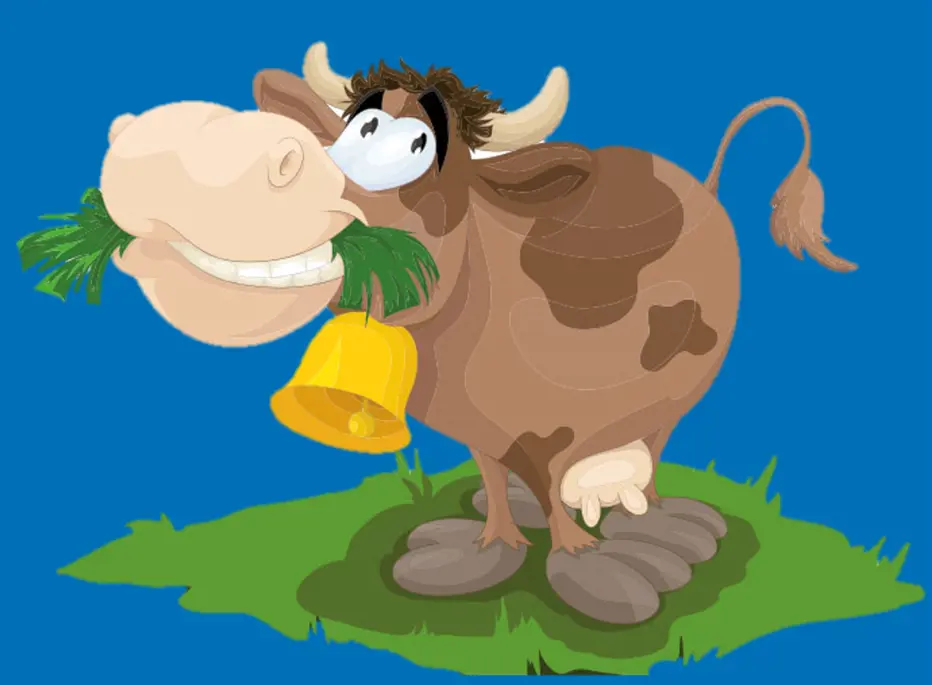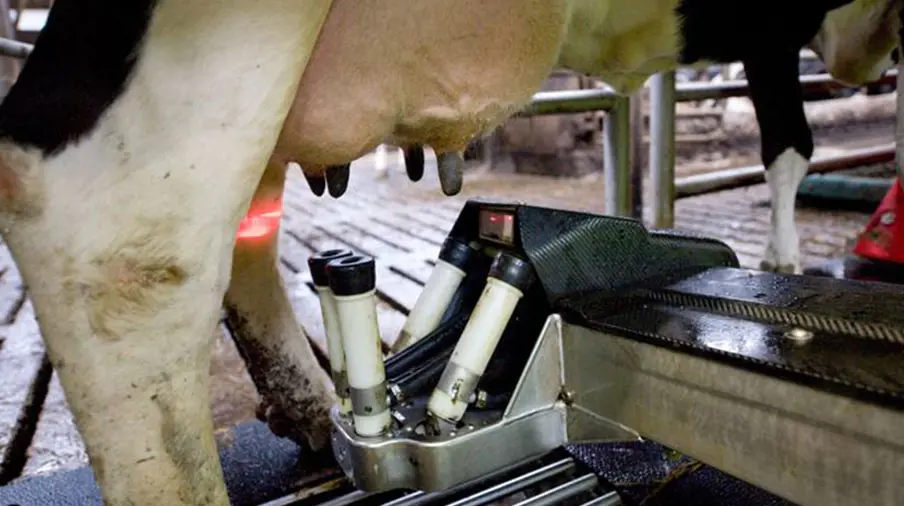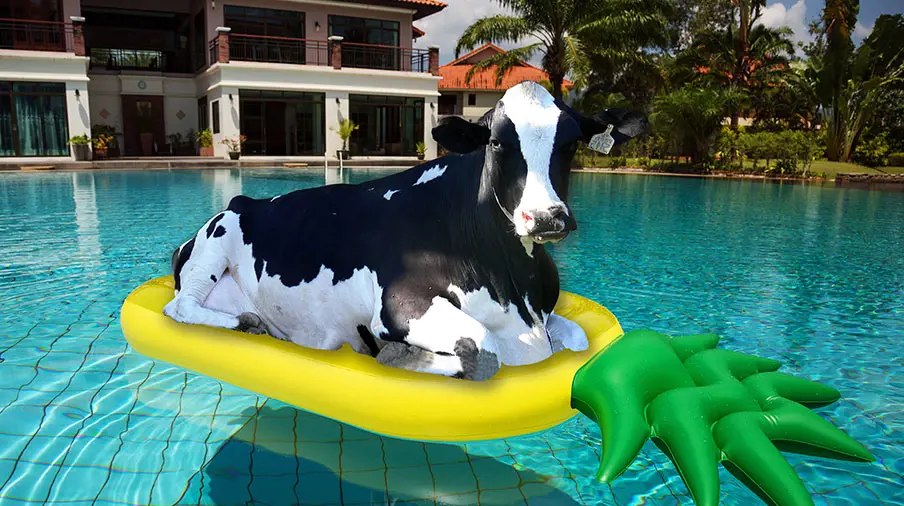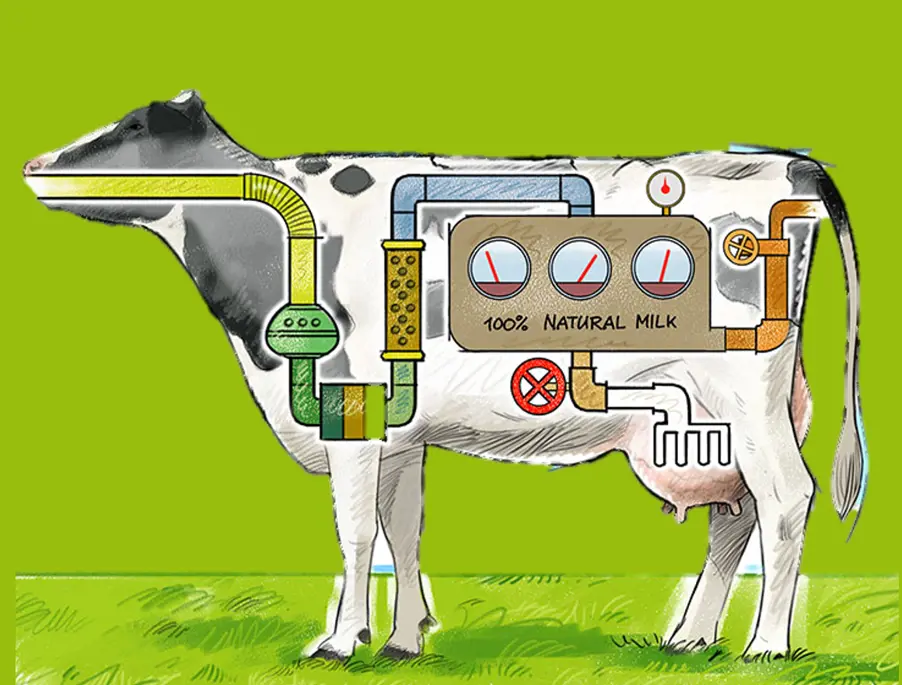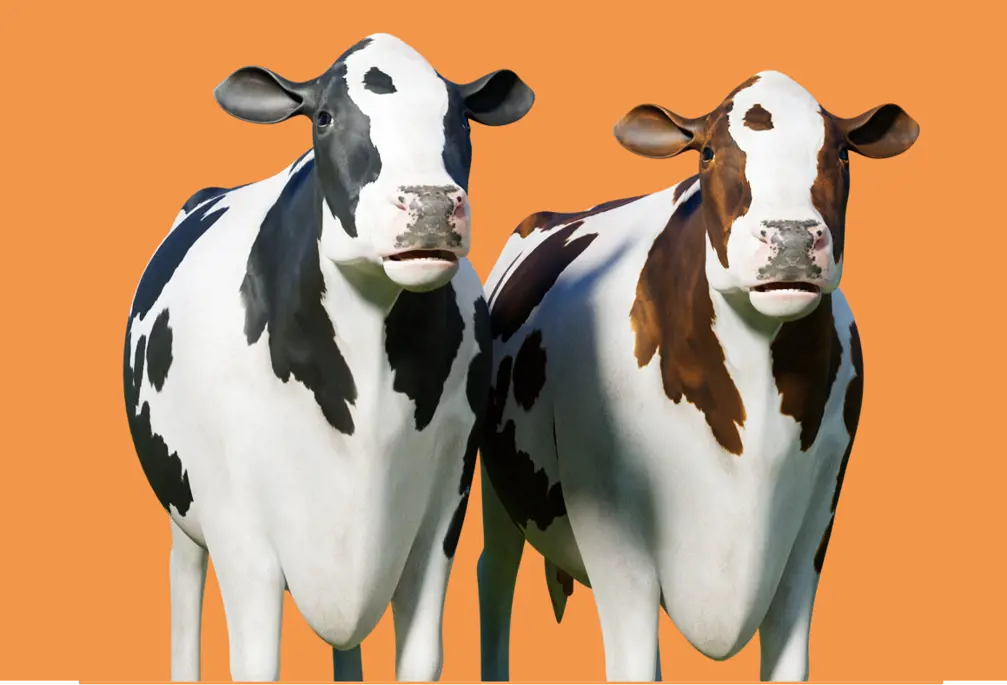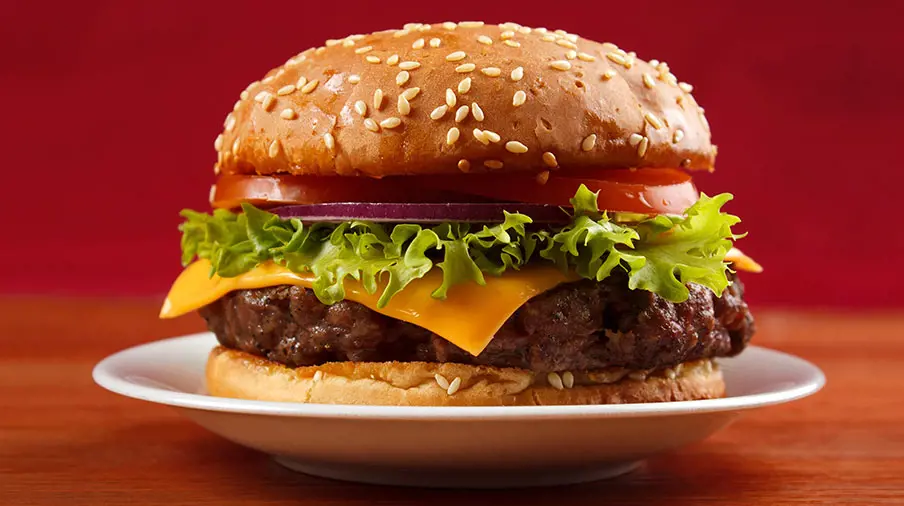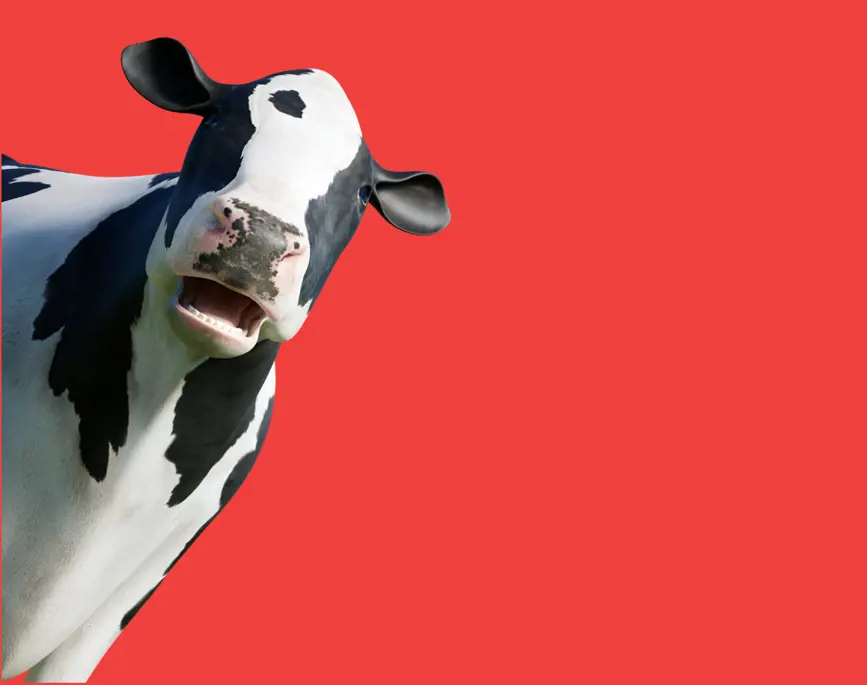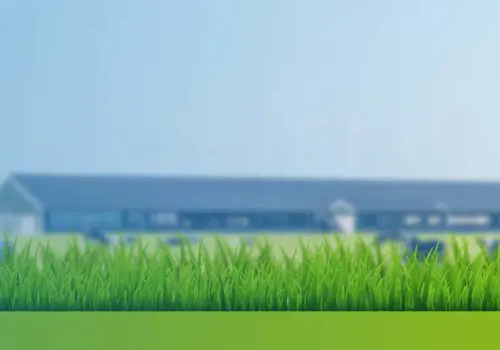
In one end and out the other
Did you know that a cow has four stomachs? Or that a cow’s female offspring is also called a heifer? Or that there are also cows that play two roles? No? You don’t know it until you know it! Anna and Dean are happy to tell you more.
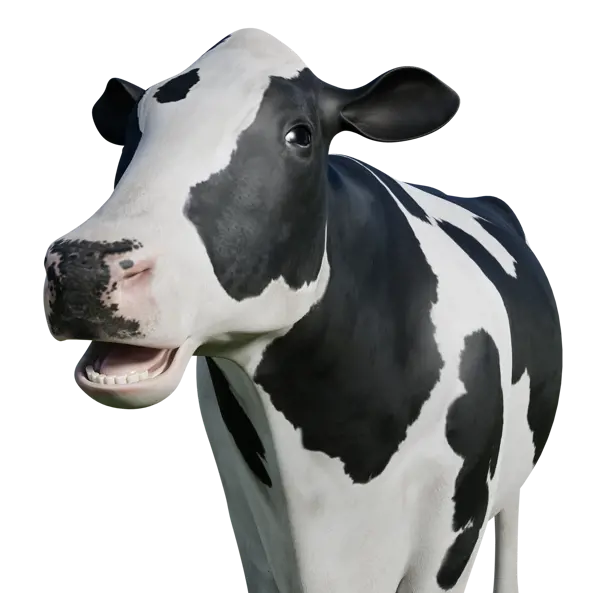
Not one, not two, not three, but four stomachs!
Cows are herbivores, so they only eat plants. Their bodies have to work really hard to digest all that grass. That’s why they need four stomachs. Cool, huh? Each stomach has its own job:
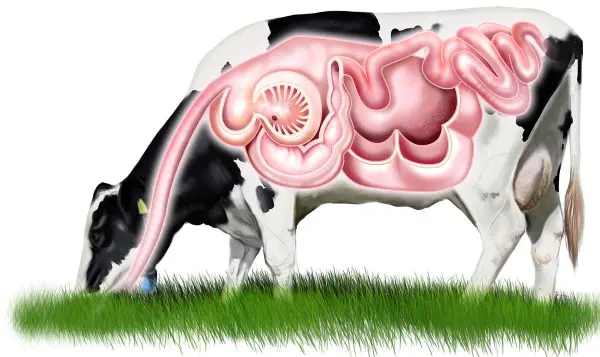
The four stomachs of a cow
What does each of the cow’s stomachs do?
A cow grazes (eats little bits of grass) and swallows the food without chewing. It then goes straight into the rumen. This is like a big storage tank; it takes almost 120 litres! When the rumen becomes full, the grass goes back into the cow’s mouth for chewing into smaller bits.
Once a cow swallows the food for a second time, it arrives in the reticulum. This is where food is digested into a soup-like consistency, before continuing to the next stomach.
The omasum contains tissue that looks like pages in a book. These ‘pages’ extract the moisture and minerals from the food, which then goes to the fourth stomach.
The abomasum looks a bit like our own stomach, because this is where the nutrients are digested and absorbed into the body.
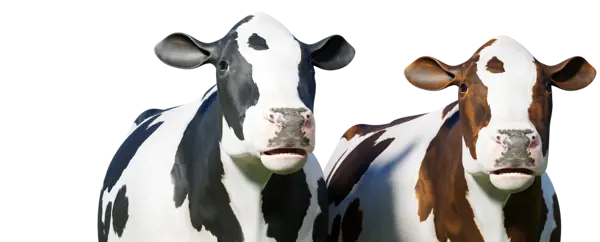
From calf to cow
As with humans, cows also go through different stages associated with their age. This is how farmers know exactly what age we are talking about.
- For example, a cow’s offspring is called a calf.
- NA female up to a year old is called a heifer.
- Once she has had a calf herself, we call her a first-calf heifer.
- Only when a cow is over three years old and she has had at least two calves is she called a cow.
Now you know!
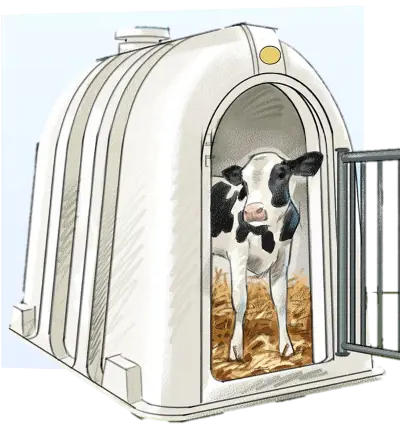
Did you know that cows have claws? A cow has four legs, and at the bottom of each leg is a claw. This is a split hoof with two toes. It is very important that these are well looked after. That’s why even a cow pedicure centre exist, a kind of spa for cows!
Did you know that a cow has a natural fly swatter?
Cows and bulls always have a fly-swatter to hand: their tail. They can shoo the insects away all day long with it. And when they are weeing or pooing, they lift their tail out of the way. Not that it helps most of the time! Their tail is usually covered in muck!
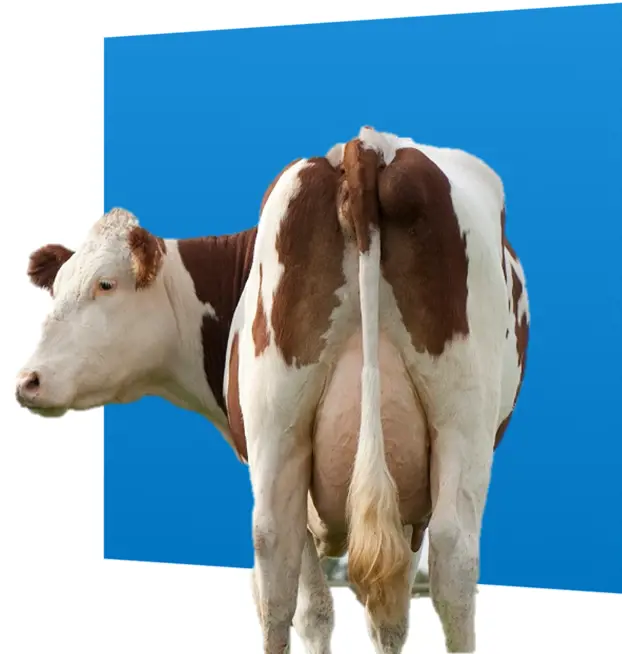
Milk, meat or both
Some cows produce up to 10,000 litres of milk per year. Other cows hardly produce any milk, but they do taste delicious. Cows that produce milk and are eaten are called dual-purpose cows. Bulls have don’t have udders, so they cannot produce milk. That’s why they’re almost always reared (raised) for their meat.
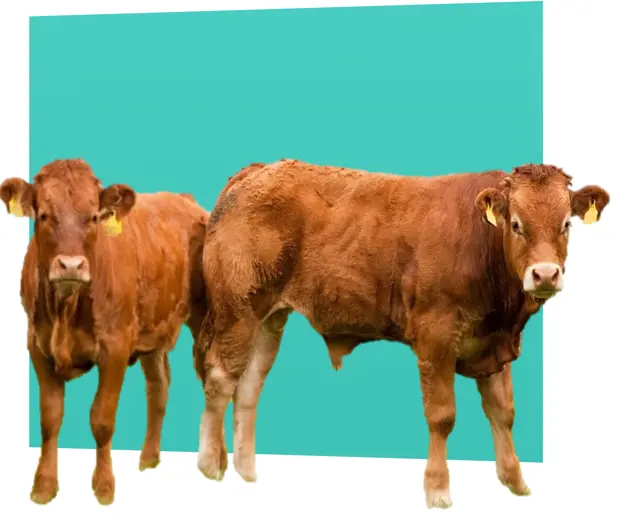
Tips on giving a presentation
Giving a presentation can be quite stressful, but with these tips from Anna and Dean, you’ll be sure to do well. Check them out!




